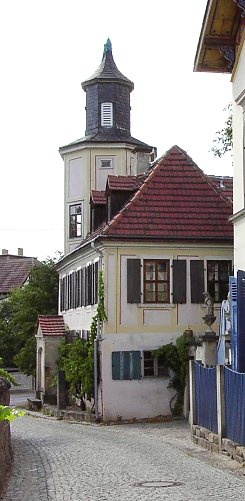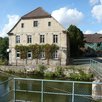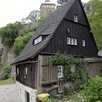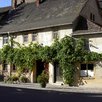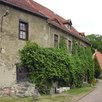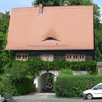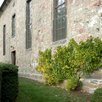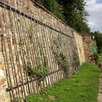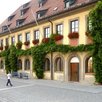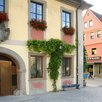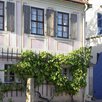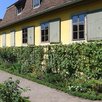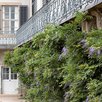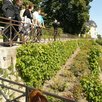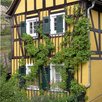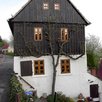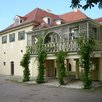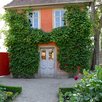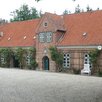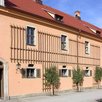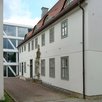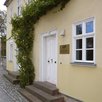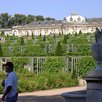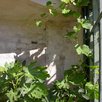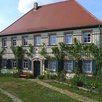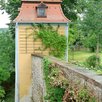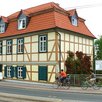Renaissance & Baroque (ca. 1500-1770)
The beginning of the 'modern age' -around 1500- is marked by the development of ornamental gardens. Garden art flourished and green facades fled from the private monastery walls. In the new landscaped gardens of the nobility, free-standing arbours, pergolas, and green walls were being planted. Espalier fruit played a major role in the 'kitchen gardens.' Such fruit was first cultivated on wooden trellises, then later emerged on particularly artful and elaborate trellises and treillage latticework.
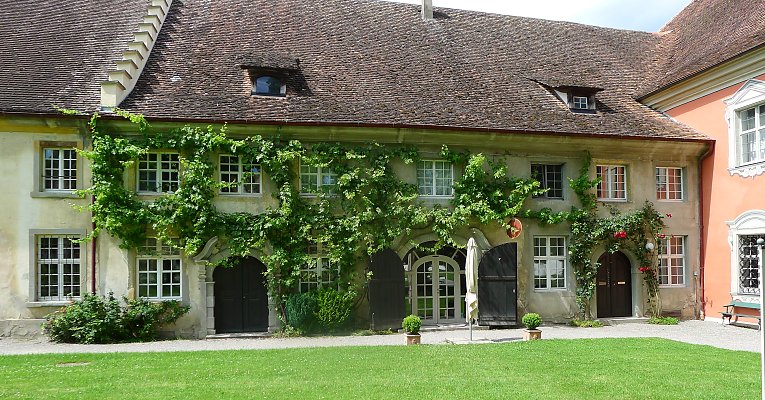
Wall greening catches on...
After the step from the private abbey garden to the aristocratic garden, facade greening spread even further. From manors and large farmsteads, to the most modest houses or cottages of day laborers-- walls were becoming green! In many regions of Germany, every homestead had its trellis, most planted with vines. In France, espalier fruit began to play an important role. Soon new climbing plants were introduced and cultivated: Virginia creeper (1629) and thicket creeper, the trumpet vines (1640) and wild (fruitless) grapevines(1656). The clematis species came to the fore in England as early as 1650.
Wooden Trellises/Espaliers
Facade greening during this time was primarily done with wooden trellises. Depending on the region, various designs and constructions were used, but the classic lattice batten/lath trellis (modeled after a garden fence) dominated: horizontal battens with vertical laths. Particularly in the Baroque period, we see elaborate and artistically designed trellis construction (the treillage), intended to feature the trellis itself and not necessarily for supporting plants!
Trellis Ropes and Talut Walls
Long before the wire-rope systems that are common in building greening today, espalier fruit in the Baroque era was grown on wires, as they were more durable than textile cords. This is how the term "cordon" for wall fruit came about. At that time, the copper wire was still produced in water-powered forges. The fruit espaliers were sometimes protected by special glass walls-- the first greenhouses-- ('Talut-walls'), such as those erected in Potsdam-Sancoussi in 1745 -1747 under Frederick the Great.

